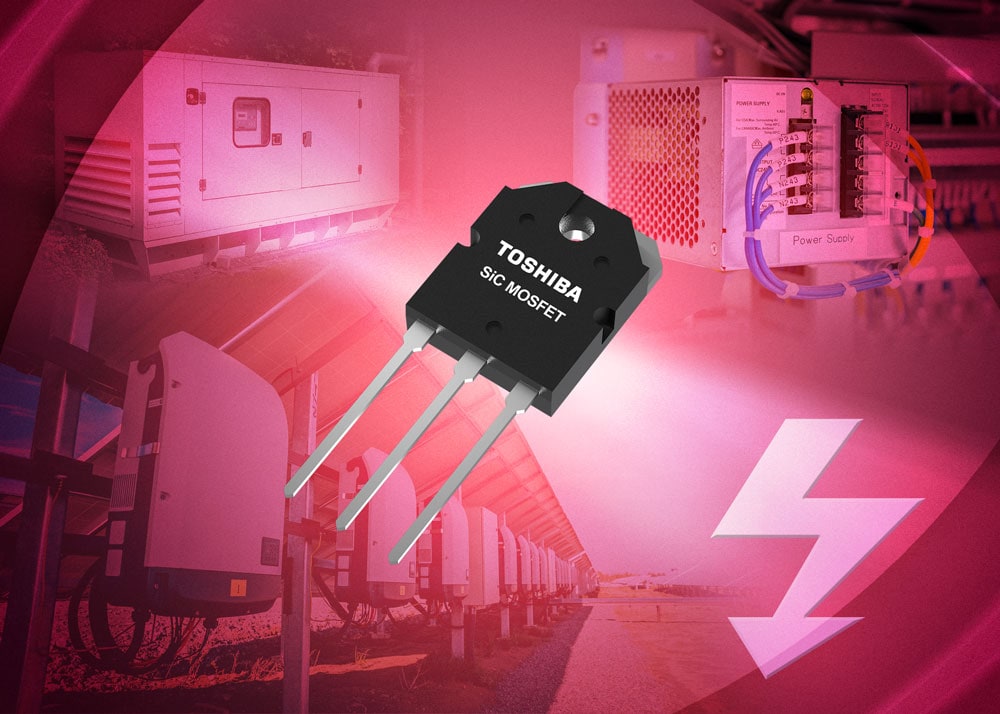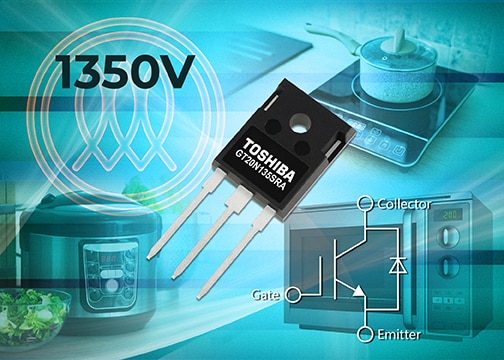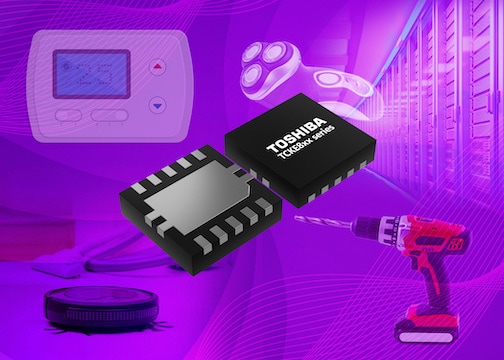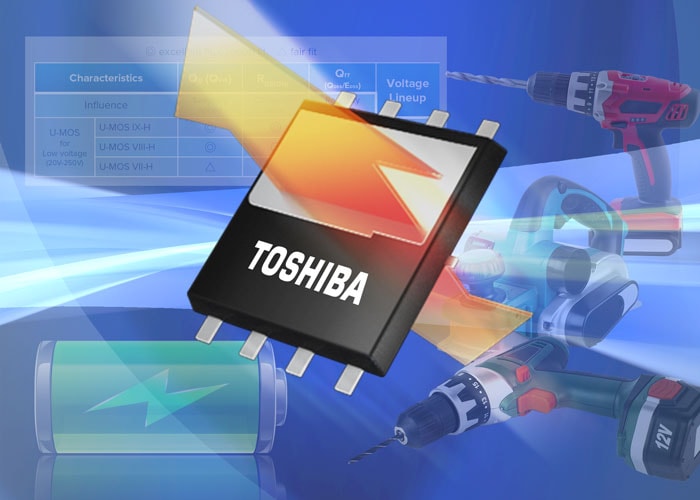- General Top
- SEMICONDUCTOR
- STORAGE
- COMPANY
-
My ToshibaSemicon
- Semiconductor Top
-
ApplicationsAutomotive
Body Electronics
xEV
In-Vehicle Infotainment
Advanced Driver-Assistance Systems (ADAS)
Chassis
IndustrialInfrastructure
BEMS/HEMS
Factory Automation
Commercial Equipment
Consumer/PersonalIoT Equipment
Healthcare
Wearable Device
Mobile
Computer Peripherals
-
ProductsAutomotive Devices
Discrete Semiconductor
Diodes
Transistors
Logic ICs
Analog Devices
Digital Devices
Wireless Devices
※
: Products list (parametric search)
Power SemiconductorsSiC Power Devices
※
: Products list (parametric search)
Isolators/Solid State RelaysPhotocouplers
Digital Isolators
Solid State Relays
Fiber Optic Transmitting Modules
※
: Products list (parametric search)
MOSFETsIGBTs/IEGTsBipolar Transistors※
: Products list (parametric search)
Diodes※
: Products list (parametric search)
MicrocontrollersMotor Driver ICsIntelligent Power ICs※
: Products list (parametric search)
Power Management ICsLinear ICs※
: Products list (parametric search)
General Purpose Logic ICsLinear Image SensorsOther Product ICsOther Product ICs
※
: Products list (parametric search)
-
Design & Development
Design & Development
Innovation Centre
At the Toshiba Innovation Centre we constantly strive to inspire you with our technologies and solutions. Discover how to place us at the heart of your innovations.
-
Knowledge
Knowledge
Highlighted Topics
Further Materials
Other
- Where To Buy
- Part Number & Keyword Search
- Cross Reference Search
- Parametric Search
- Stock Check & Purchase
This webpage doesn't work with Internet Explorer. Please use the latest version of Google Chrome, Microsoft Edge, Mozilla Firefox or Safari.
require 3 characters or more. Search for multiple part numbers fromhere.
The information presented in this cross reference is based on TOSHIBA's selection criteria and should be treated as a suggestion only. Please carefully review the latest versions of all relevant information on the TOSHIBA products, including without limitation data sheets and validate all operating parameters of the TOSHIBA products to ensure that the suggested TOSHIBA products are truly compatible with your design and application.Please note that this cross reference is based on TOSHIBA's estimate of compatibility with other manufacturers' products, based on other manufacturers' published data, at the time the data was collected.TOSHIBA is not responsible for any incorrect or incomplete information. Information is subject to change at any time without notice.
require 3 characters or more.
How SiC is Changing Bidirectional DC-DC Converter Designs

Reliable delivery of electric energy is proving challenging, especially with pressure growing to reduce the use of fossil-fuel-based electricity generation. Renewables, such as solar, are helping to address this issue, but these depend on weather conditions and time of day. Unfortunately, these do not always synchronize well with demand. Photovoltaic facilities are increasingly coupled with batteries to store the energy generated, allowing it to be fed back into the grid when demand rises, or when a risk of a brown-out is imminent. These systems demand highly efficient bidirectional DC-DC converters to ensure as much of the energy generated is stored and then injected into the grid when needed.
High-voltage power converters have typically been the domain of silicon IGBTs, making use of their high VCES. Continued development has improved their characteristics significantly, while also raising the switching frequencies they can support. However, each new generation only provides incremental improvements. The introduction of wide-bandgap semiconductors, such as silicon carbide (SiC), is providing significant performance improvements for power converter designers. Their low, stable RDS(ON) over temperature and support for switching frequencies far beyond those attainable with IGBTs, coupled with their robustness, is enabling a new generation of highly efficient DC-DC converters.
Operating in the same circuit, devices such as Toshiba’s 1200 V TW070J120B N-channel SiC MOSFET with built-in SiC Schottky barrier diode, deliver a 66% reduction in power losses over a comparable IGBT. Capable of supporting higher switching frequencies, they are ideal for bidirectional DC-DC converter topologies such as Dual Active Bridge (DAB). This design often uses a pulse-width modulated (PWM) signal for the two full-bridges, implementing a phase difference control to adjust the direction of flow of power. Galvanic isolation is provided thanks to the high-frequency transformer at the core of the design, a component that requires careful design and support from the transformer manufacturer.
To support designers, Toshiba has developed a 5 kW, bidirectional DC-DC converter based upon the TW070J120B on the high voltage side, latest generation DTMOS superjunction N-channel TK49N65W5 MOSFETs on the DC load side, and TLP5214A gate drivers. Operating at a 50 kHz switching frequency, the reference design attains conversion efficiencies of 97% at 100% load in both directions.
To learn more about this reference design, along with the performance of SiC MOSFETs and next-generation DTMOS MOSFETs, take a look at our white paper available here:






